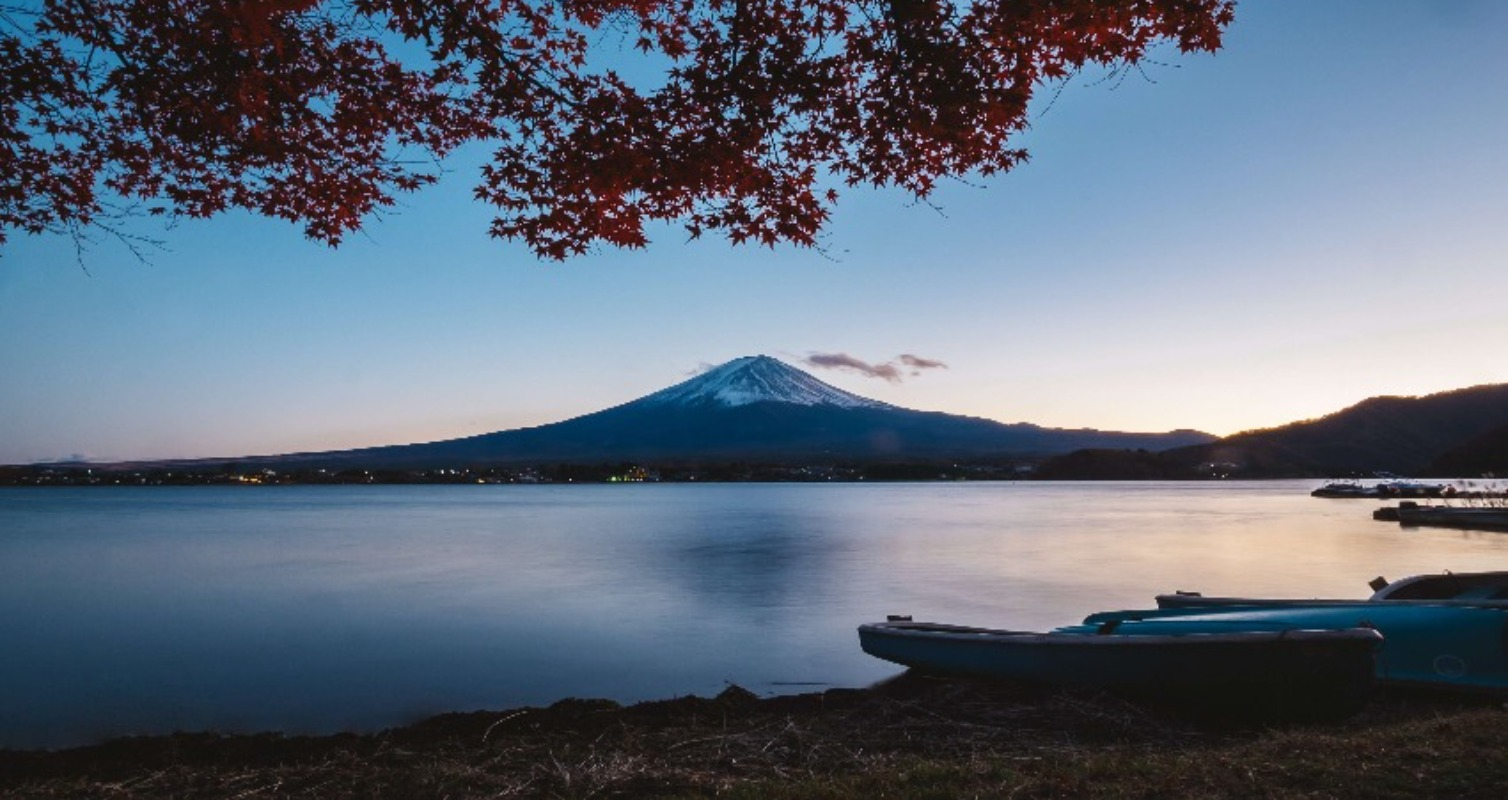Even at the summit, convenience rules. This photo might just be showing the world’s highest placed vending machine.

Mount Fuji is the highest mountain peak in Japan at 3,776.24 m (12,389 ft). An active volcano that last erupted in 1707–08, Mount Fuji lies about 100 kilometres south-west of Tokyo, and can be seen from there on a clear day. Mount Fuji’s exceptionally symmetrical cone, which is snow-capped several months a year, is a well-known symbol of Japan and it is frequently depicted in art and photographs, as well as visited by sightseers and climbers.
Mount Fuji is one of Japan’s “Three Holy Mountains” along with Mount Tate and Mount Haku. It is also a Special Place of Scenic Beauty and one of Japan’s historic sites. It was added to the World Heritage List as a Cultural Site on June 22, 2013.
Fun Facts about Mount Fuji
- It is three volcanoes in one.
- Women were forbidden to climb it until The Meiji Restoration in 1868. The first western woman to reach the summit was Lady Fanny Parkes in 1869.
- It is one of Japan’s three holy mountains, along with Mount Tate and Mount Haku.
- It was first climbed by a monk. Sir Rutherford Alcok was the first known Westerner to reach the summit in 1860.
- It is a symbol of Japan.
- It is an active volcano.
- It last erupted in 1707, when it erupted for two weeks.
- It is surrounded by five beautiful lakes.
- There are four trails to the top. It takes an average of around six hours to reach the summit of the mountain. There are ten rest stations await along each route, offering food, drink, and rest spots. For novice climber, it is recommended you to take the popular Yoshidaguchi Trail to the mountain top.
- It is the most climbed mountain in the world. It is visited by around 300,000 climbers every year which is only accessed for just over two months.
